22898369275_bc563ca62f_h-photo-by-Brad-Covington-900-web
Do you have any thoughts on this post?
The CARES Act has specific incentives for those who are in a position to give back
In these trying times, we know that many of you are finding solace in the outdoors—either to escape the confinement of home or to quiet anxious thoughts. Focusing on the sights and sounds of the natural world, rather than the latest scary headline, can be healing, and we hope you’re weathering this storm as best as you can.
Because of our supporters and your investments in us, the Theodore Roosevelt Conservation Partnership has continued to make an impact on conservation policy during this national emergency. On behalf of the whole team at TRCP, I want to thank you all for your enduring generosity.
I also want to share an important update concerning changes to charitable giving. On March 27, President Trump signed into law the Coronavirus Aid, Relief, and Economic Security Act, or CARES Act, a $2.2-trillion emergency relief bill aimed at providing much-needed support to the American people and businesses in response to the coronavirus outbreak.
Recognizing that nonprofits play an important societal and economic role, the CARES Act also creates charitable giving incentives for donors in 2020.
It does this in two ways: First, the legislation allows individual taxpayers to deduct up to $300 in charitable contributions on top of the standard deduction, even if you don’t itemize other deductions at tax time. Second the suspension of certain adjusted gross income limits allows individuals and corporations to contribute and deduct more than in previous years.
These tax incentives apply to cash contributions only—don’t worry, if you enter a credit card number on our website, this is for you—and do not apply to contributions to a Donor Advised Fund—you would know if you were working through a fund like this.
We cannot provide tax advice, but we encourage you to review the implications of the CARES Act to determine if now might be a beneficial time to for you to give. If you are in a position to do so, you can donate cash or stock online right now.
We know these are difficult times, and our staff is incredibly grateful for your consideration and support. Of course, we recognize that this pandemic has also created major financial burdens for many Americans. Public lands and waters are yours. And they’re here for you right now.
Stay well.
Here’s where new acres could be open to sportsmen and women by fall 2020
This week, the Department of the Interior announced its latest proposal for expanding hunting and fishing access on National Wildlife Refuges and National Fish Hatcheries, which the department says would represent the single largest boost to access on U.S. Fish and Wildlife Service lands in the agency’s history.
In a move that would benefit sportsmen and women in 46 states, DOI Secretary David Bernhardt has proposed enhancing recreation opportunities across more than 2.3 million acres at 97 national wildlife refuges and 9 national fish hatcheries. This is in addition to the 1.4 million acres of expanded access established last fall at 77 refuges and 15 hatcheries (including these eight hot spots.)
By our count, if the current proposal is finalized, 74 public lands would provide expanded seasons, clearer regulations, and opportunities to pursue additional species on areas already open to hunting and sportfishing. But the biggest gains are where additional acres would be opened up to hunting and/or fishing for the very first time.
Here’s where you could be exploring new terrain by this fall.
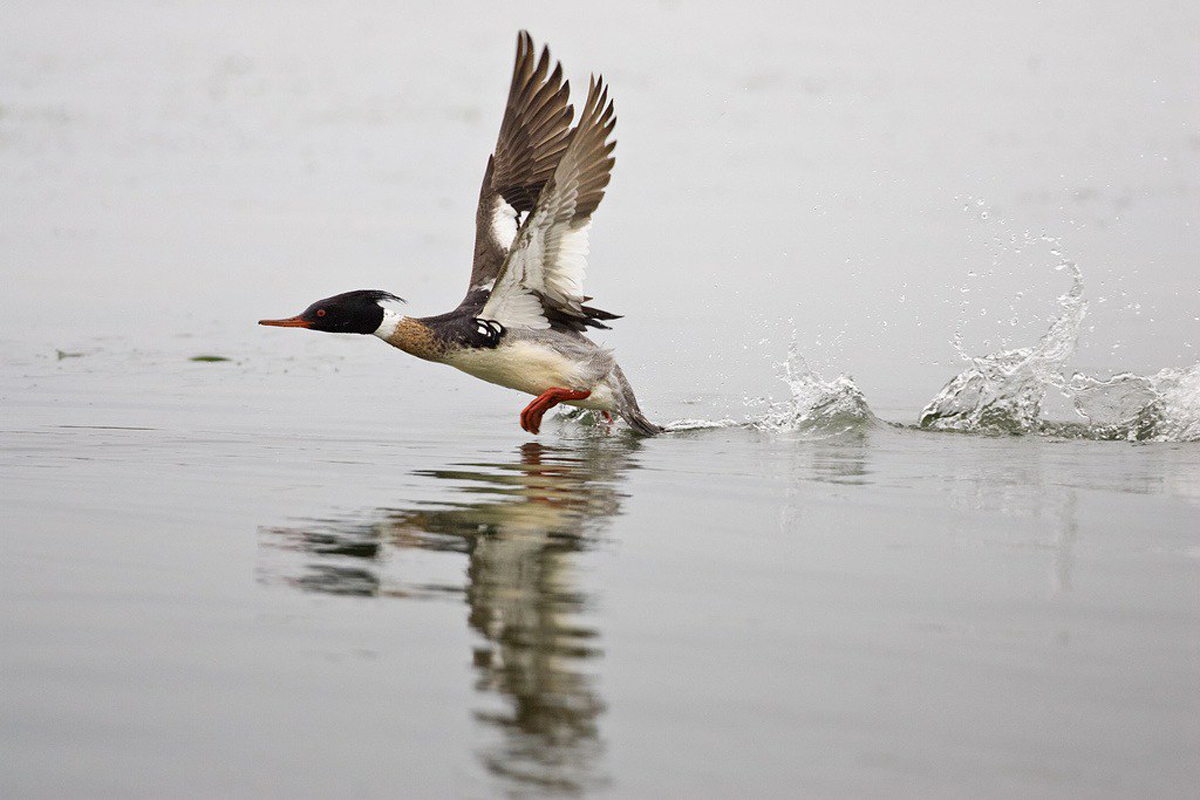
Under the plan, San Diego Bay National Wildlife Refuge would be open to sportfishing for the first time. There are no specific details on where fishing would be allowed, but restored tidal flats and salt marshes have improved fish habitat. And California’s pheasant hunters could see a longer season at San Luis National Wildlife Refuge.
Idaho’s Kootenai National Wildlife Refuge would expand its sportfishing areas, and on the opposite end of the state, Minidoka National Wildlife Refuge could expand its offerings for deer, bobcats, migratory birds, and upland game. Minidoka has also proposed extending its elk hunting area south of Lake Walcott to more than triple the acreage. Heading toward the border with Oregon, more sportfishing would be available at Deer Flat National Wildlife Refuge.
Montana already has an embarrassment of riches when it comes to hunting and fishing, but if Lee Metcalf National Wildlife Refuge is close to home, you could have more acres for turkey and deer hunting or new sportfishing opportunities.
In Colorado, migratory bird and upland game hunting would be expanded to new acres at both Alamosa and Monte Vista National Wildlife Refuges—and you can get from one to the other in about 30 minutes if it seems like a bunch of trucks are parked when you arrive. Anglers would also find new access at Alamosa under the Secretary’s proposal.
Washington is perhaps the biggest winner in the West, with five fish hatcheries and two wildlife refuges poised to offer more access. Sportfishing would be open for the first time at Willard National Fish Hatchery and Abernathy Fish Technology Center. On the hunting side, sportsmen and women would see a major expansion for migratory bird and upland and big game hunting at Leavenworth, Little White Salmon, and Spring Creek national fish hatcheries. Blacktail, mule deer, elk, wild turkey, grouse, and bear hunting would be possible across these three public lands.
In Arizona, Leslie Canyon National Wildlife Refuge would be open to migratory bird, upland game, and big game hunting for the first time. Cibola National Wildlife Refuge would expand upland and big game hunting to new acres, while opening some dove hunting in its existing huntable areas. You could also get a new opportunity to chase muleys in the deep backcountry of Cabeza Prieta National Wildlife Refuge, where there is already a limited desert bighorn sheep hunt each December.
The only expansion for waterfowl hunters would be in New Mexico, on Bosque del Apache National Wildlife Refuge, where javelina and hog hunting would also be opened. Nevada’s Fallon National Wildlife Refuge would also be open to hunting for the very first time. Finally, everything’s bigger in Texas, and refuge access is no exception under this proposal: Get ready for four of these public lands to expand huntable acres for turkeys, deer, pheasants, javelina, hogs, and doves.
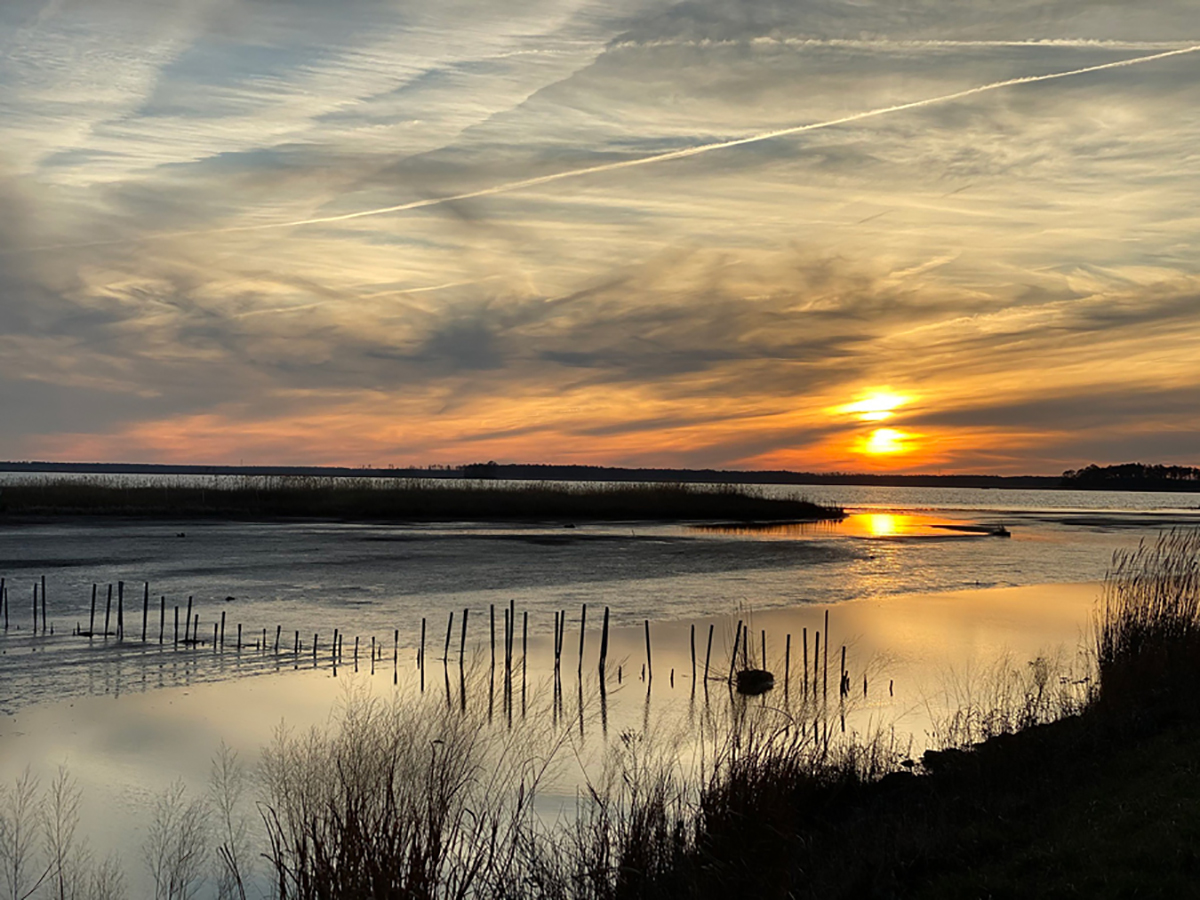
New York could offer more deer hunting opportunities by fall, which is great news for a state with heavy hunting pressure on public lands. Maryland could see new opportunities to hunt deer and migratory birds at Blackwater Refuge, and sportfishing would be open for the first time at Delaware’s Bombay Hook National Wildlife Refuge. You sharpshooters who can tell a snipe from a woodcock would also get new acres to explore in Delaware. Finally, in Pennsylvania, Lamar National Fish Hatchery could open to sportfishing for the first time.
Illinois big game hunters would win new acres at Crab Orchard and Two Rivers refuges. Meanwhile, Great River National Wildlife Refuge could expand turkey season dates to further align with the rest of the state. Middle Mississippi River National Wildlife Refuge, with multiple tracts accessible from either Illinois or Missouri, would open hunting for the first time. And there’s something for everyone, including rail, snipe, woodcock, doves, coyotes, bobcats, pheasants, and raccoons.
Migratory bird hunting would be open for the first time at Indiana’s Muscatatuck National Wildlife Refuge, along with expanded opportunities for small game and turkeys. And new acres would be open to pheasant, upland, and big game hunters at Patoka River National Wildlife Refuge. Count anglers in for expanded access there, too.
Minnesota would get a little of everything in this expansion—on Rydell and Northern Tallgrass Prairie refuges—including duck, geese, coot, woodcock, dove, grouse, pheasant, and wild turkey hunting. And in Kansas, existing turkey hunting and sportfishing—for walleyes, largemouth bass, black crappie, and channel catfish—would expand to new acres at Kirwin National Wildlife Refuge. Existing deer hunting areas at Flint Hills refuge would be open to some small game, bobcat, and coyote hunting, while deer hunters would join pheasant, quail, and duck hunters for the first time at Quivira refuge.
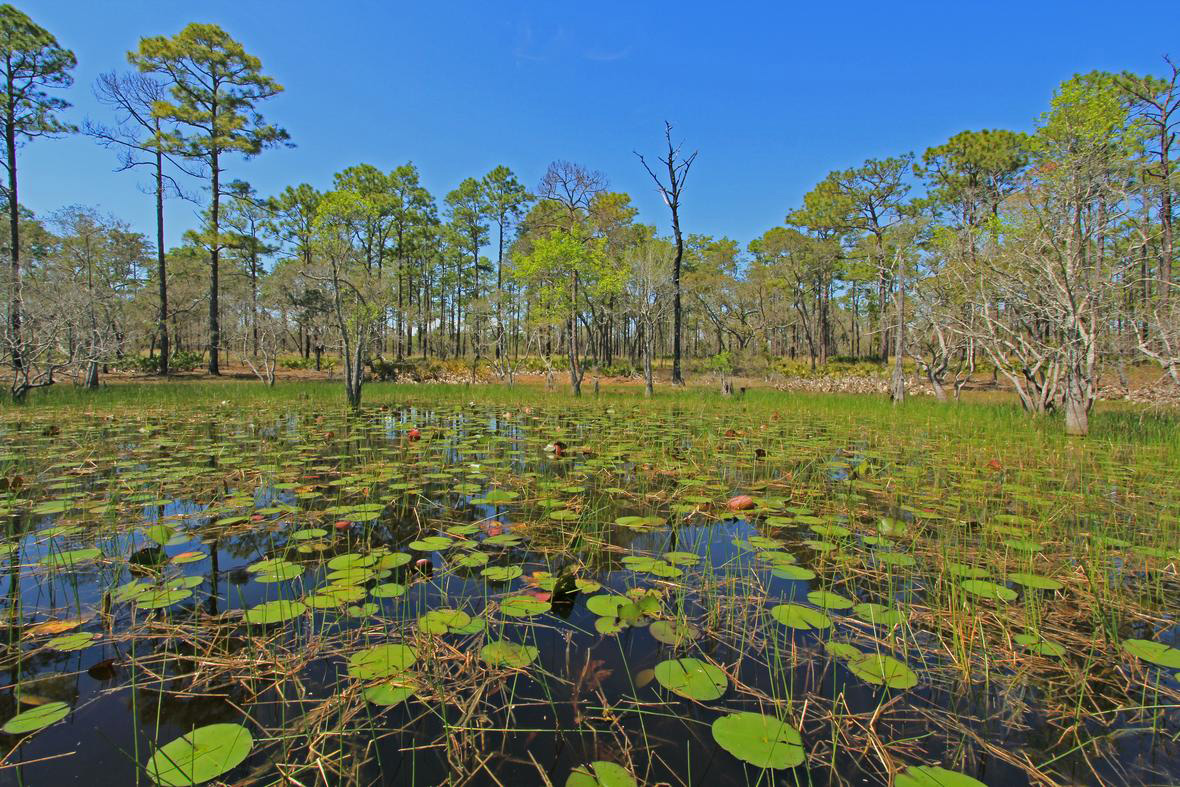
Florida is a big winner in this proposal: The Everglades Headwaters National Wildlife Refuge—not to be confused with Everglades National Park, which is three hours away—would be open to sportfishing and migratory bird, upland, and big game hunting for the first time, in alignment with all state regulations. Big game and upland hunters will also find new access at St. Marks National Wildlife Refuge. Deer and hog hunters would be welcome for the first time at Arthur R. Marshall Loxahatchee National Wildlife Refuge outside Boynton Beach.
Not too far up route 75 in Georgia, gator hunters could have their first season at Banks Lake National Wildlife Refuge. And adventurous hunters can potentially up their (small) game at Savannah National Wildlife Refuge, which could soon offer armadillo, beaver, opossum, and raccoon hunting on both sides of the Georgia-South Carolina border.
In Connecticut, deer and turkey hunters would be welcome in new and existing hunting areas at Stewart B. McKinney National Wildlife Refuge. Bonus acres would be open to bird hunters and goose hunters could get a longer season. Neighbor-to-the-north Vermont would get brand new fishing access at Dwight D. Eisenhower National Fish Hatchery.
The DOI proposal would be welcome news for saltwater and freshwater anglers in Maine and New Hampshire: Sportfishing would be expanded at Rachel Carson National Wildlife Refuge on the southern coast and opened for the first time on the lakes at Umbagog National Wildlife Refuge.
Sportsmen and women in Massachusetts are within driving distance of so many of these opportunities, but they stand to gain a lot at home, too. New acres would be open to duck, bear, coyote, migratory bird, upland game, wild turkey and big game hunting across three refuges—Assabet River, Oxbow, and Great Meadows. And sportfishing would be open for the first time at Berkshire National Fish Hatchery.
The full list of proposed refuges and hatcheries can be found here or find your state on this map.
Top photo of deer hunting on an Iowa refuge by USFWS Midwest Region via flickr.
Industry leaders spearhead efforts to combat COVID-19
We’ve said it before, but it’s always worth repeating: the TRCP is proud to have the support of some true leaders in the business world, who time and time again step up on behalf of fish, wildlife, and outdoor opportunities for all Americans. And in recent weeks, as COVID-19 has upended everyday life around this country, we’re prouder than ever of our corporate partners for their generosity and commitment to the greater good.
With many retail stores barred to entry and factory production rates slowing or halted, members of our corporate community are lending their resources to the fight. From retrofitting factories to restocking food bank shelves, these companies are committing their time, money, and production equipment to help us get through this difficult time.
As Theodore Roosevelt famously said, “In any moment of decision, the best thing you can do is the right thing, the next best thing is the wrong thing, and the worst thing you can do is nothing.” By taking action when it is needed most, here’s how the companies below* are taking care of those in need and setting an example for the rest of us.
Coca-Cola
The beverage company’s Atlanta-based factory has teamed up with Georgia Tech University to produce more than 50,000 plastic surgical shields that will be distributed to local hospitals and health care workers.
L.L. Bean
Founded in 1912 by its namesake, outdoorsman Leon Leonwood Bean, this New England institution is using experience gained over the last 100+ years of producing outdoors gear to create protective masks. The company is working with MaineHealth and Intermed and has plans to use its existing supply chain team to create and distribute 1 million masks. The company is also working with local food banks and using its distribution center to restock shelves for families in need.
Mystery Ranch
In an effort to help local medical facilities, Bozeman-based Mystery Ranch is using the antimicrobial and breathable fabric used in their backpacks to produce much-needed personal protective equipment for frontline workers. Along with the time of its expert employees and the use of its sewing facilities, the industry-leading pack manufacturer has also contributed additional materials from its stock to others in the community with the capacity to manufacture extra masks.
NEMO Equipment
This outdoor equipment company is encouraging individuals to recreate responsibly while enjoying the open air through a series of posts on outdoor activities that you can enjoy near your home and a photo challenge. This Instagram-based competition is calling on those who love the outdoors to highlight the creative ways they’re enjoying outdoor spaces while practicing safe social distancing through photos. In addition, NEMO is publishing a series of blogs with ideas for close-to-home adventures to help outdoor enthusiasts alleviate their cabin fever responsibly.
Orvis
Known for its high-quality fishing gear, this company has partnered with organizations near its Roanoke, VA fulfillment center to produce 2,000 cloth face coverings per week. These non-medical-grade masks will be distributed to those experiencing homelessness in the are and will help protect this particularly vulnerable population.
Outdoor Research
Drawing on almost its nearly 40-year history of forward-thinking innovation, Outdoor Research’s Seattle factory will be converted to produce N95 surgical masks, respirators, and other personal protective equipment to help address the increased need for these essential medical supplies.
Patagonia
Despite closing operations early in the outbreak to protect workers, Patagonia has committed to providing employees with regular pay throughout the crisis in an effort to protect the communities it serves. The company also has staff reaching out to nonprofits and offering volunteer services to support their operations.
Peak Design
This environmentally-focused design company is utilizing the launch of its latest product to provide coronavirus relief and help fight climate change with a commitment to donate 100% of profits earned from the first four days (4/7-4/11) that their Travel Tripod is on sale to the Centers for Disease Control and Prevention (CDC) Foundation.
REI
Despite closing the doors of its 162 retail stores, this outdoor retailer has committed to pay all store employees through April 14th in a letter from the company president and CEO. The company has also made the decision to keep online stores open and is offering free shipping to support those looking for outdoor recreation opportunities while social distancing.
Simms Fishing Products
This pillar of the fishing community is “wading” into the fight against COVID-19 and partnering with Bozeman Health Deaconess Hospital. The fishing products company is using Gore-Tex—a material traditionally employed in the production of their popular waterproof waders—to produce more than 1,500 medical-grade gowns per week.
Vista Outdoors
Despite uncertainty, Vista Outdoors has committed to expand its support for non-profit organizations through partnerships and brand-level support. Federal Ammunition–a company under the umbrella of Vista–has also donated multiple cases of N-95 face masks to health care facilities.
*Editor’s Note: We tried to find as many of these stories as we could, but the above list is not comprehensive. Similar efforts we might have overlooked will be added to the list as time allows. Let us know in the comments below of any other hunting and fishing brands stepping up in the fight against COVID-19.
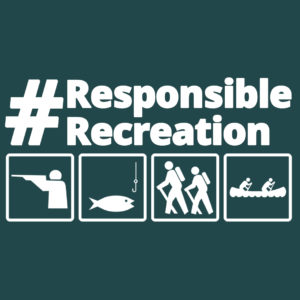
As the weather gets warmer—and as cabin fever heats up, as well—chasing spring turkeys or bears and wetting a line probably seem like great way to escape some of the stress we’re currently experiencing. In many states, campgrounds and national parks are beginning to re-open to visitors. And while many Americans are discovering that being outdoors can offer something of a temporary return to normalcy, it’s important that we pursue our passions in the upcoming weeks and months in a responsible way given our current reality.
In short, please do get outside. But stay safe, follow the law, and keep it local. Here’s why.
Following the law has always been part of being a hunter or angler. But what has changed under current circumstances are some of the rules regarding access and opportunity, particularly on public lands.
Certain public lands have closed to visitors (especially national parks and other areas that draw large crowds). But even on those that remain open, you may find closed public facilities like visitors’ centers, campgrounds, restrooms, or boat ramps. Be sure before you go that your destination is open for recreation and be certain to respect any temporary closures. Many agencies, like the Forest Service and the National Park Service, have established pages on their websites where COVID-19-related news and updates are highlighted.
Likewise, hunters and anglers must also double-check that seasons, regulations, and/or openers haven’t been changed by state fish and game agencies. Nebraska, for instance, is no longer selling non-resident spring turkey permits, and Washington has closed several hunting seasons as well as its recreational fisheries.
So remember: before you pack up your vehicle and hit the road, call ahead or check online to be sure you’re not running afoul of any temporary changes to regulations or access opportunities.
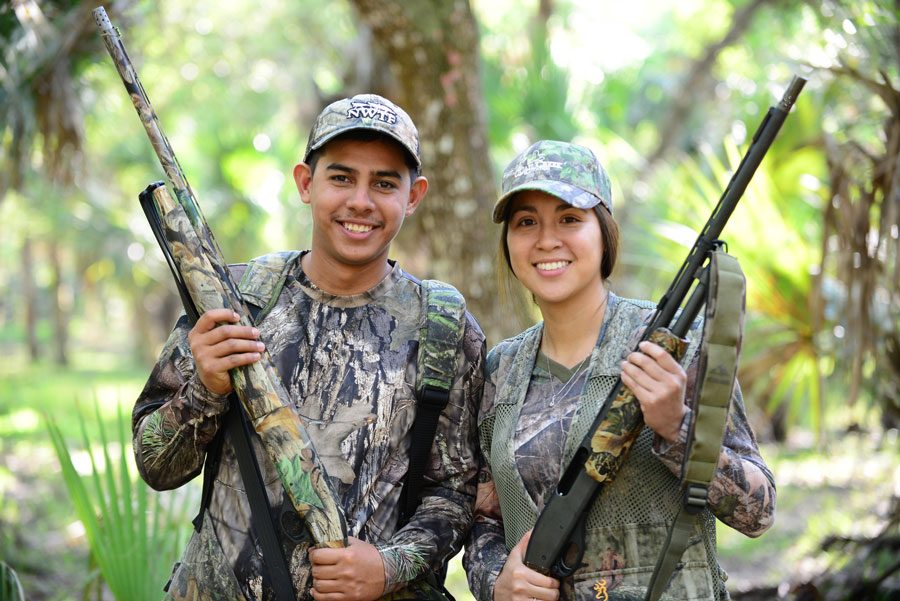
With extra time on your hands, you may be tempted to explore new terrain or use the opportunity to check a destination off your bucket list, especially when many are unable to work and have restless children at home. And it also seems right during this economic downturn to support the guides, outfitters, and small businesses that cater to visiting hunters and anglers. But there’s good reason to keep it simple and head to the local woods and waters instead.
Travel to faraway destinations creates more of a risk for disease spreading. Keep in mind that many rural areas and “gateway” communities do not have the same healthcare infrastructure and stores of medical supplies that you’d find in more populated areas, and that these places typically have a higher percentage of older residents who may be vulnerable to the coronavirus.
Likewise, groceries and other home goods in rural communities are limited and needed by those that live there. While many businesses usually depend on spending by out-of-town visitors, during these unusual circumstances they’d rather have stock on the shelf available for their neighbors.
And when you do get out, it is more important than ever to think about the risks before making decisions in the outdoors.
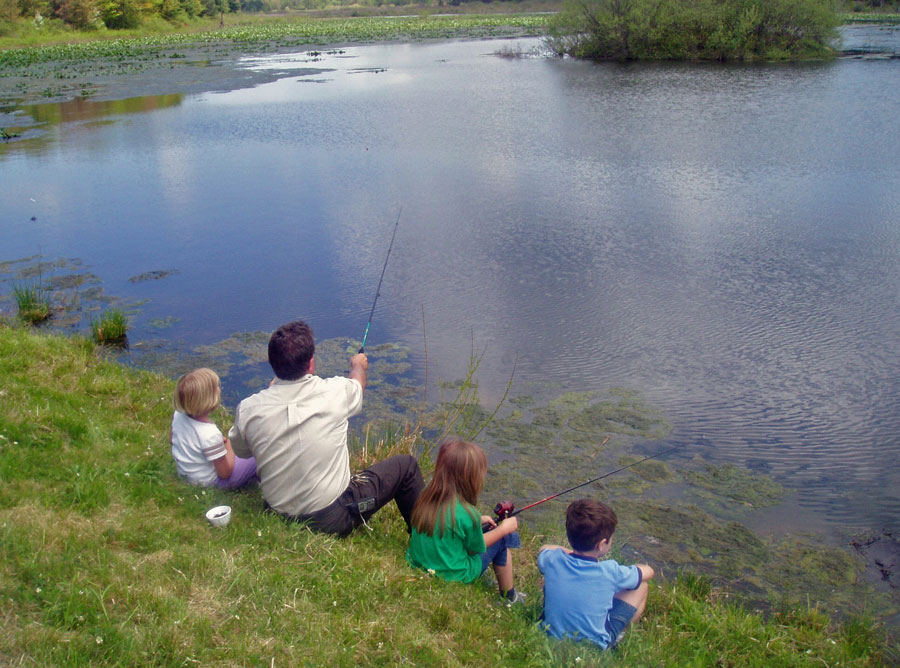
In addition to the ways that the healthcare precautions we’ve all been following might apply to outdoor recreation ( i.e., avoid crowded trailheads, give others extra space on the boat ramp, etc.), there are extra considerations for those of us who like to get out and explore on the water and wild landscapes.
Search and rescue efforts, emergency evacuations, and similar incidents put at risk our first responders and draw resources away from our already over-burdened medical facilities. Emergency services across the country have asked outdoor recreators to choose lower-risk backcountry activities during these extraordinary times.
So by all means, get out and enjoy what we all love about time in the outdoors: fresh air, exercise, and a break from the stress of everyday life. But don’t forget about the role we all have to play in the effort to keep one another safe.
Keep it simple, know the rules, stay safe, and make this the season to savor the best hunting and fishing your town or county has to offer—who knows, you might just discover an overlooked opportunity in your own backyard.
Top photo: Virginia State Parks via Flickr
Theodore Roosevelt’s experiences hunting and fishing certainly fueled his passion for conservation, but it seems that a passion for coffee may have powered his mornings. In fact, Roosevelt’s son once said that his father’s coffee cup was “more in the nature of a bathtub.” TRCP has partnered with Afuera Coffee Co. to bring together his two loves: a strong morning brew and a dedication to conservation. With your purchase, you’ll not only enjoy waking up to the rich aroma of this bolder roast—you’ll be supporting the important work of preserving hunting and fishing opportunities for all.
$4 from each bag is donated to the TRCP, to help continue their efforts of safeguarding critical habitats, productive hunting grounds, and favorite fishing holes for future generations.
Learn More
